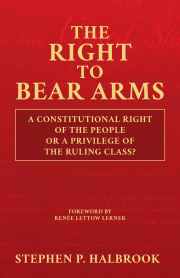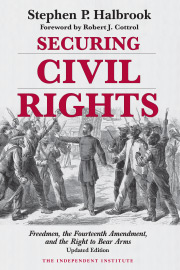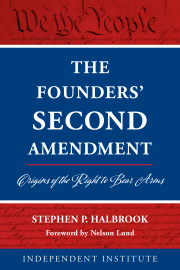Much ink has been spilt in recent times over what restrictions on firearm ownership by law-abiding citizens are permissible under the Second Amendment. Since it is litigation-driven, the debate evokes superficial references to the common law at the Founding and in the early Republic. Some states recognized going armed with dangerous and unusual weapons to the terror of the people as a common-law offense or made it a statutory crime. Some also required persons who went armed and made threats to others to get sureties to keep the peace. The peaceable carrying of arms was not an offense in any state, other than to the extent some states restricted the carrying of concealed weapons. The right to keep and bear arms as guaranteed by the Second Amendment and some state constitutions was sharply distinguished from going armed and making threats to others.
PRESENTATION
Going Armed with Dangerous and Unusual Weapons to the Terror of the People
How the Common Law Distinguished the Peaceable Keeping and Bearing of Arms
Also published in The Aspen Institute (CO) Thu. September 15, 2016
Stephen P. Halbrook is a Senior Fellow at the Independent Institute and author of the Independent books The Right to Bear Arms, Gun Control in Nazi-Occupied France, Gun Control in the Third Reich, The Founders’ Second Amendment and That Every Man Be Armed.
Comments
Before posting, please read our Comment Policy.











